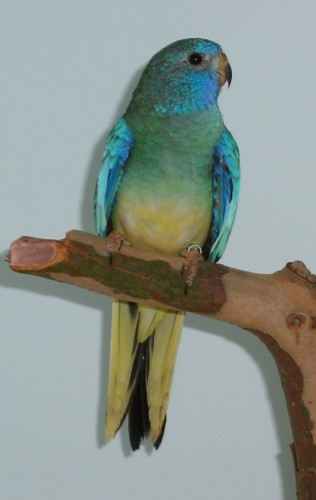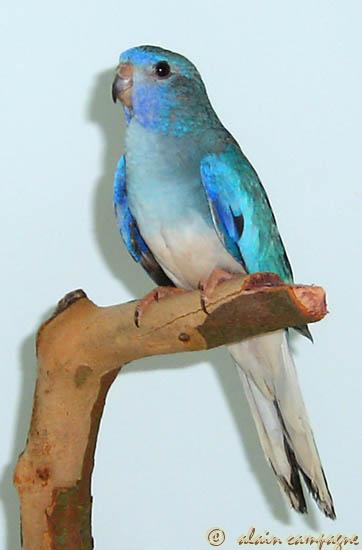 |
| various gouldians |
 |
| scarlet chested grasskeet babies - white front blue and cinnamon |
A place to share experiences in keeping and breeding birds, specifically different finches and grasskeets.
 |
| cinnamon hen & white front blue male scarlet chested parakeets |
 |
| white front blue male scarlet |
 |
| white front blue male scarlet |
 |
| aqua scarlet chest male |
 |
| turquoise blue male scarlet |
 |
| normal split to silver and fawn java babies |
 |
| opaline split to fallow and ino young male bourke |
 |
| normal split to fallow and opaline and ino male and opaline split to fallow hen young bourkes |
 |
| mature adult normal male |
 |
| young normal hen |
 |
| lutino male http://grassparrots.free.fr/scarletchest/splmalut%20001n%20copie_jpg_view.htm |
 |
| lutino hen |
 |
| cinnamon male - photo A.C. / J .Gruson http://grassparrots.free.fr/scarletchest/gmcin%20023_jpg_view.htm |
 |
| cinnamon hen (with red belly) |
 |
| normal male on left, pallid male on right http://grassparrots.free.fr/scarletchest/Copie%20de%20A%20normal%20et%20pallid_jpg_view.htm |
 |
| seagreen/aqua male |
 |
| seagreen/aqua hen http://grassparrots.free.fr/scarletchest/g033_jpg_view.htm |
 |
| turquoise male http://grassparrots.free.fr/scarletchest/AMsyturquoise_jpg_view.htm |
 |
| young tuquoise hen |
 |
| white front blue male |
 |
| white front blue hen - photo A.C. / J. Gruson http://grassparrots.free.fr/scarletchest/ajgfbl%20052_jpg_view.htm |
 |
| grey white front blue male |
 |
| grey green male - photo A.C / D. Moyer http://grassparrots.free.fr/scarletchest/M039gvm_jpg_view.htm |
 |
| double factor violet white front blue male - bred by H. Köster http://grassparrots.free.fr/scarletchest/Copie%20de%20Violet%20cock_jpg_view.htm |
 |
| pied normal male - photo Colin O'Hara http://grassparrots.free.fr/scarletchest/YF%20NORMAL%20PIED350_jpg_view.htm |
 |
| red front normal male - photo J.Suikerbuik http://grassparrots.free.fr/scarletchest/svr_jpg_view.htm |
 |
| marked white chocolate and ultra dilute fawn crested society |
 |
| red brown society |
 |
| black brown society chicks |
 |
| par blue scarlet chested parakeet chicks |
 |
| normal scarlet chested parakeet chick |
 |
| cinnamon scarlet chested parakeet mother with her chicks |
 |
| par blue scarlet chested parakeet baby |
 |
| lutino elegant baby |
 |
| opaline aka rosy bourke baby |
 |
| red legged honeycreeper pair |
 |
| red legged honeycreeper male |
 |
| spotted tanager |
 |
| scarlet chested parakeet baby |
 |
| gray white fronted blue male scarlet chested parakeet |
 |
| lutino and pale fallow bourkes |
 |
| baby normal gouldian finch |
 |
| pastel and yellow baby gouldian finches |
 |
| red brown society finch babies |
 |
| star finches and cordon blue male |
 |
| male strawberry finch |
 |
| yellow faced star hen and male forbes parrot finch |
 |
| male forbes parrot finch |
 |
| melanistic red headed purple breasted normal male and red headed white breasted normal backed hen gouldian finches |
 |
| gouldian babies from the above pair |
 |
| orange headed yellow gouldian pair |
 |
| black headed silver male and black headed yellow male gouldians - babies from last year |
 |
| black and white mannikin |
 |
| heavily pied red faced parrot finch |
 |
| dominant pied blue canary male |